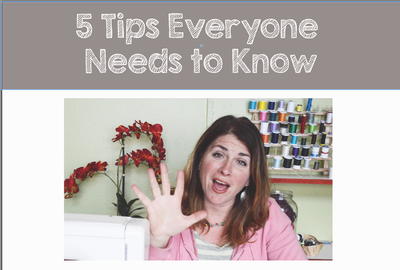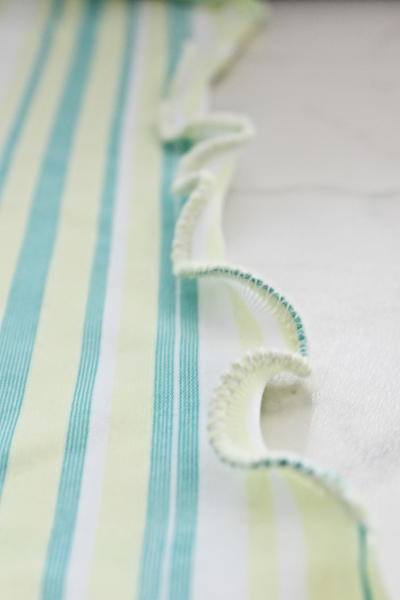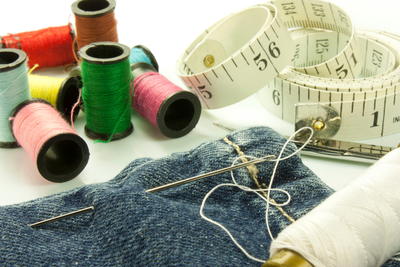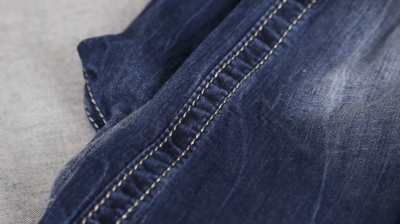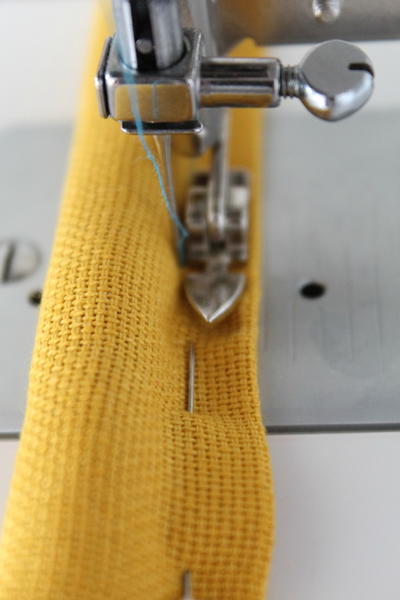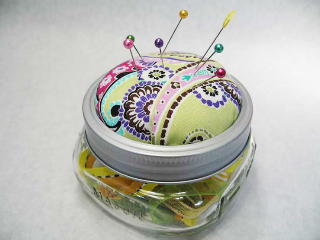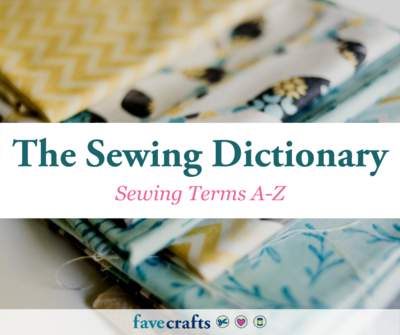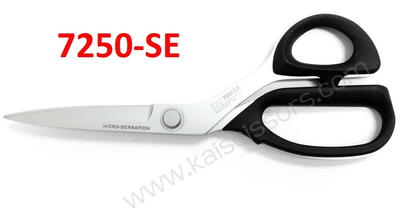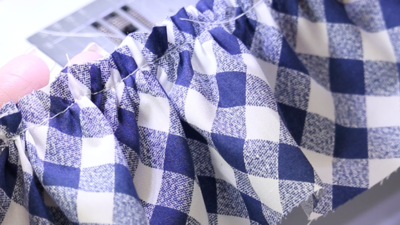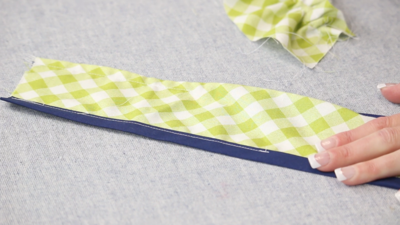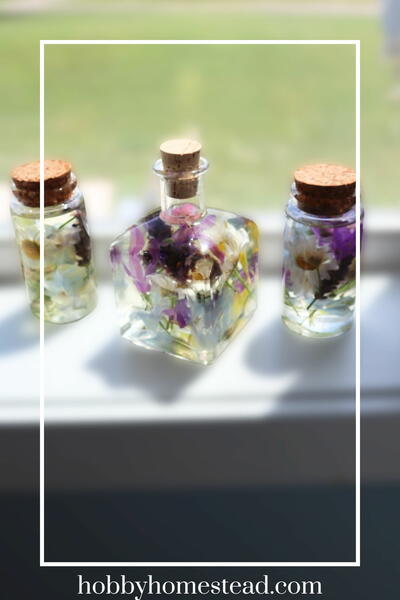Tips for Pressing Fashion Fabrics
Fine pressing yields fashion first impressions.

Learn how to press clothes and make the best first impressions with this helpful article. These tips for pressing fashion fabrics are invaluable. If you're new to pressing or just want that extra knowledge to take your appearance to the next level, consult this advice for pressing fabric. First you'll learn which fabrics work best for pressing, and then you'll learn what tools and techniques you can employ to truly look sharp. Get inspired with these tips for pressing fabric.
Shape from the inside out: that is the pressing strategy when sewing with fine fashion fabrics.
Fiber content and garment style are the two most important considerations for pressing. Usually, the best fabric choice for crisp, tailored garments such as shirts and jackets is natural fibers, such as cotton, wool, silk , some rayons, and some blends. Woven fabrics of natural fibers support construction of crisp details and, then, regular pressing for daily wear.
On the other hand, knit fabrics usually do not support crisp finishes. Neither do soft synthetics, such as polyester. Garments made of these fabrics often require only touch - up p ressing for daily wear.
How to Press Clothes for Top-Notch Results
Once you have matched the best fabric for the garment you envision, follow these steps for top - notch results.
- Always test a little scrap of the fabric, using the heat setting you intend to use while sewing.
- Make sure your press ing surface is clean and free of debris from other projects.
- Gather the tools you use for pressing open seams. A wooden dowel is invaluable for pressing open seams and sleeves without leaving marks.
- Use a fresh press cloth. [link to press cloth blo g post] A press cloth will protect the fashion fabric from scorching, especially if you are applying fusible interfacing.
- Review the pattern steps to see if you will be handling pieces cut on the bias. Pieces cut on the bias can stretch during sewing a nd pressing. You will need to take extra care when moving these pieces through assembly so that they do not stretch out of shape.
- Also review the pattern directions to see what pieces need to be shaped. For instance, a patch pocket on a jacket might requ ire several steps to obtain a crisp edge. The directions might call for creating a cardboard template and then pressing the pocket around that, then letting it cool, before you position the pocket onto the jacket and stitch it. Allow extra time for pieces and steps that require steaming or shaping. Usually, the piece will be steamed and shaped over a tailor’s ham or on the ironing board, then left to cool. This helps the piece retain its shape for the next round of stitching.
- Practice ‘turn of cloth’ fo r crisp, professional collars, cuffs and hems. “Turn of cloth” is the turned edge where two pieces are joined into – usually – a collar, cuff, placket or other detail. You might need to nudge the seam from the inside to get a clean turn. Use a small woode n stick or specialty tool to ease the corners of collars and cuffs into a clean turn. Then, press carefully to preserve the turn.
What is your favorite method for ironing large quilts?
Your Recently Viewed Projects
karawaldner 306086 2
Jul 27, 2019
Lots of patience, lol, we have a large cutting table with a ironing pad which works great.
vernyce 5662100
Jul 24, 2019
i use a large wooden knitting needle to create precise points and turns without risking damage to my garment
Report Inappropriate Comment
Are you sure you would like to report this comment? It will be flagged for our moderators to take action.
Thank you for taking the time to improve the content on our site.



